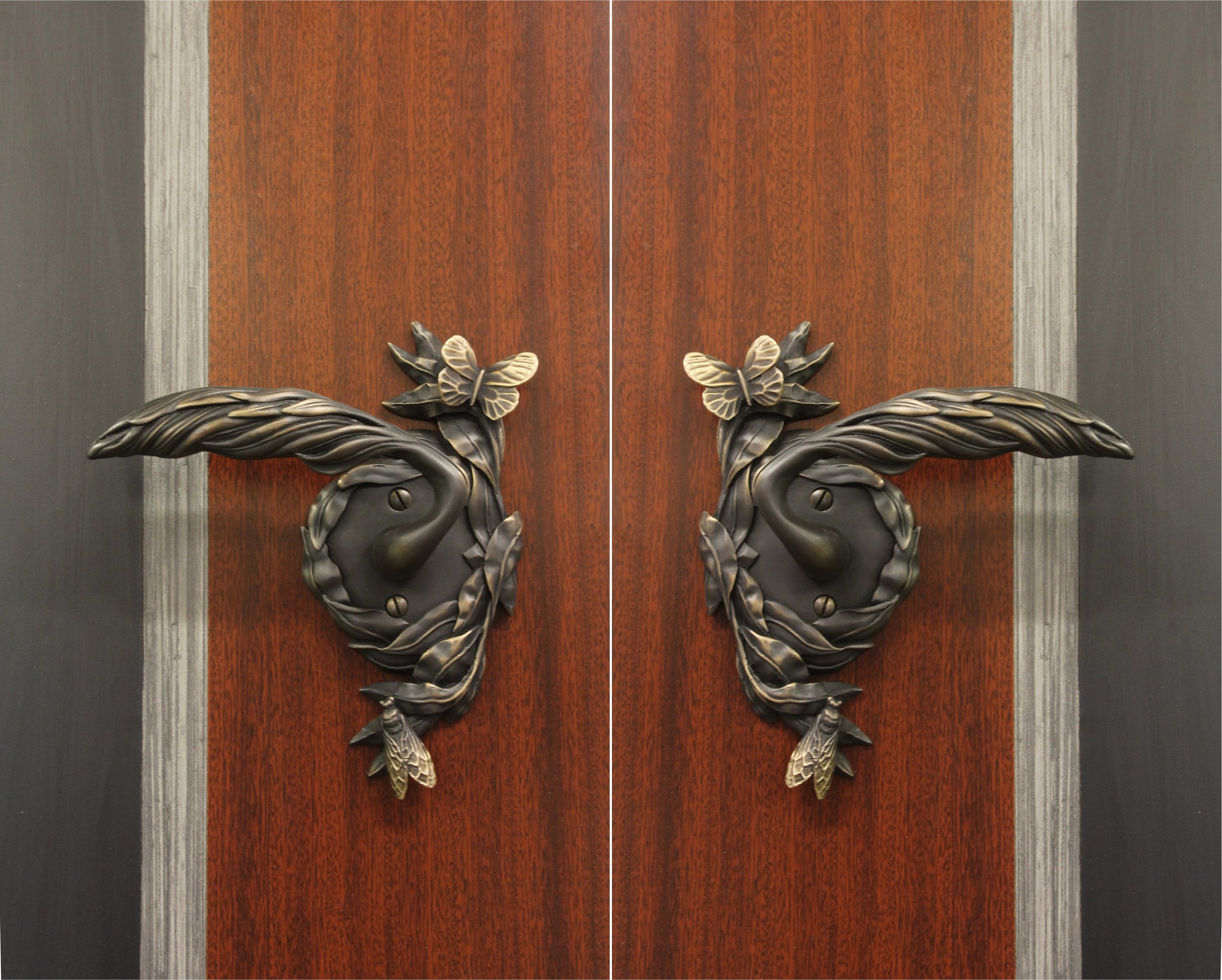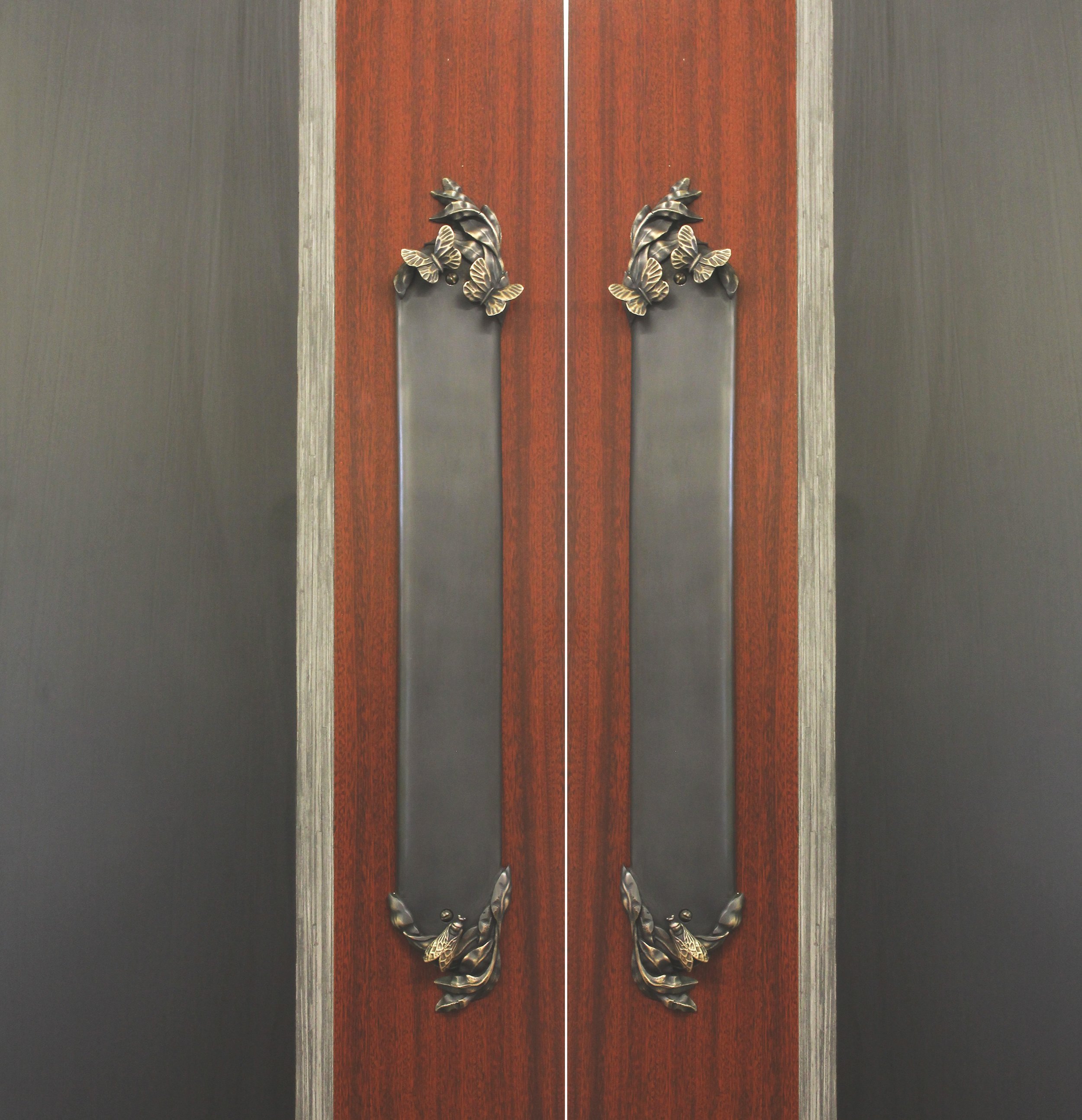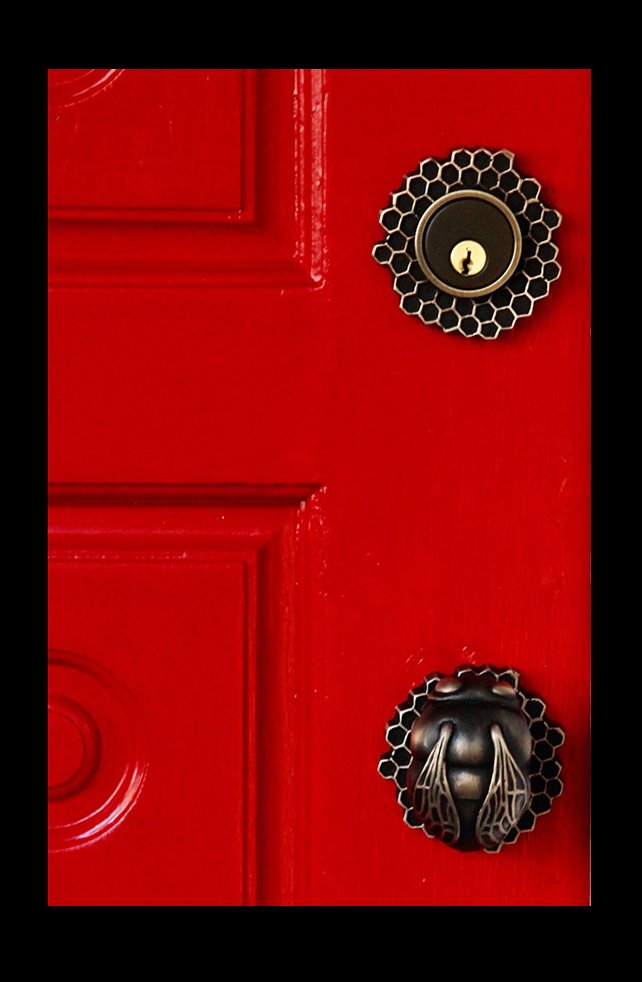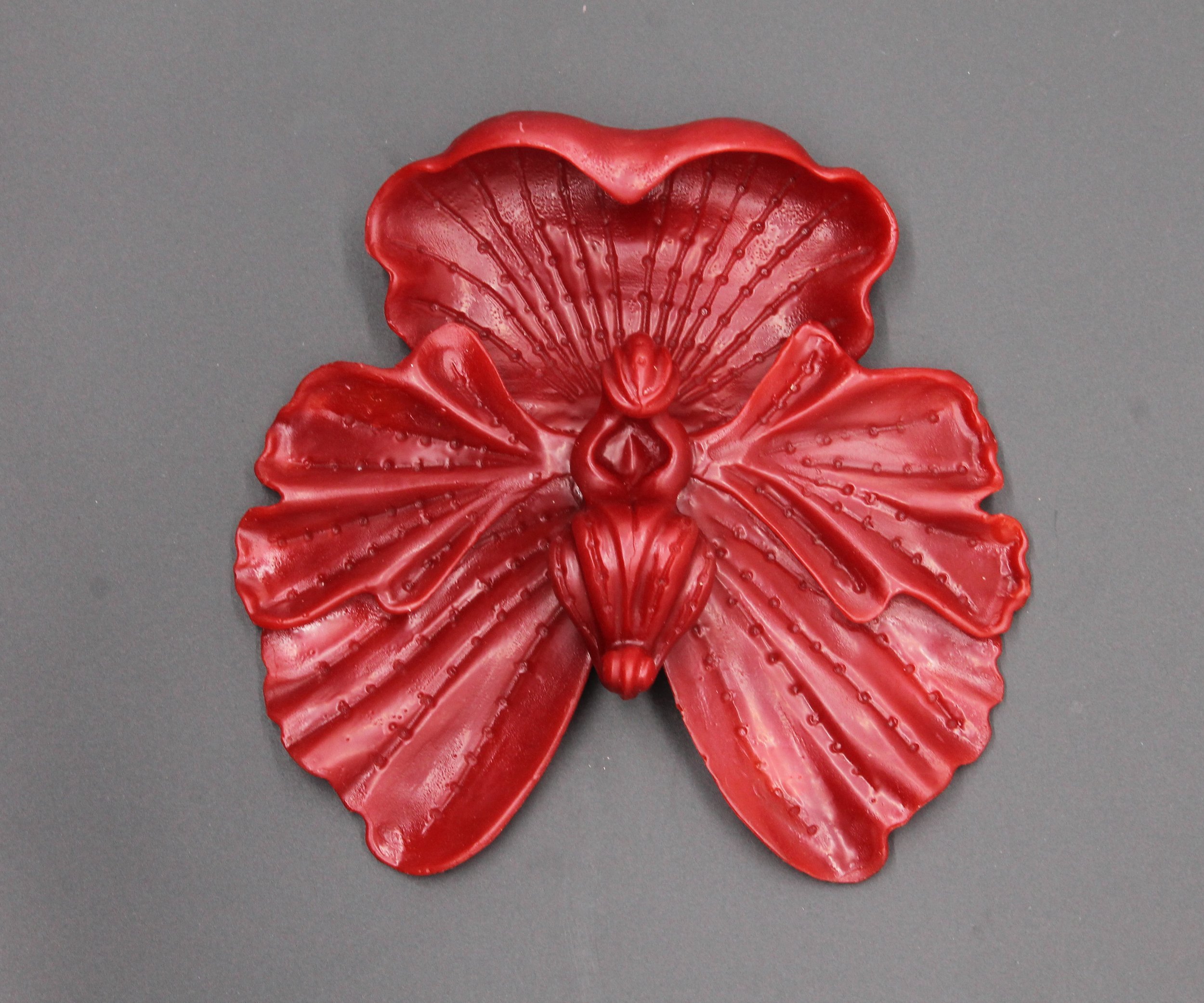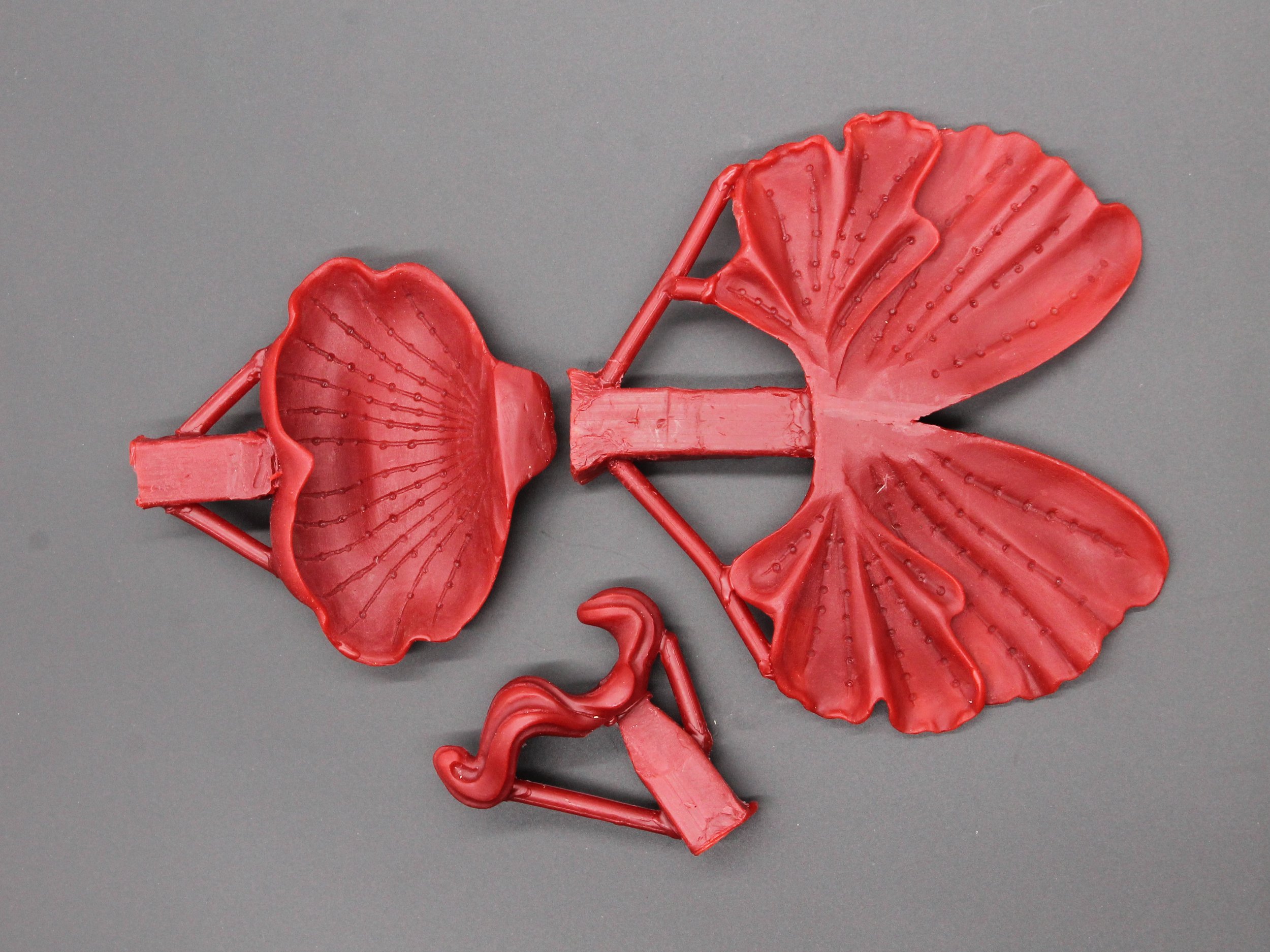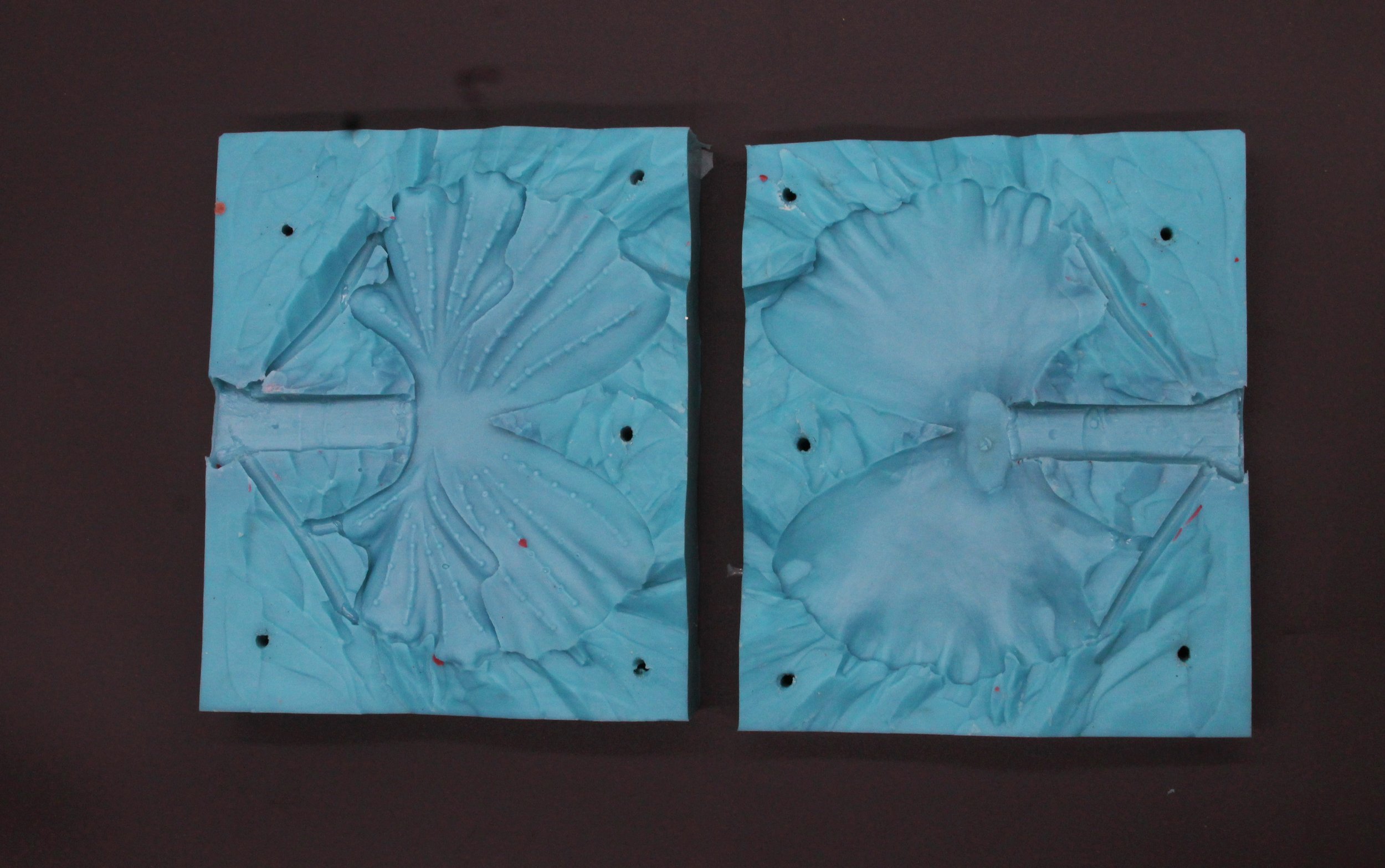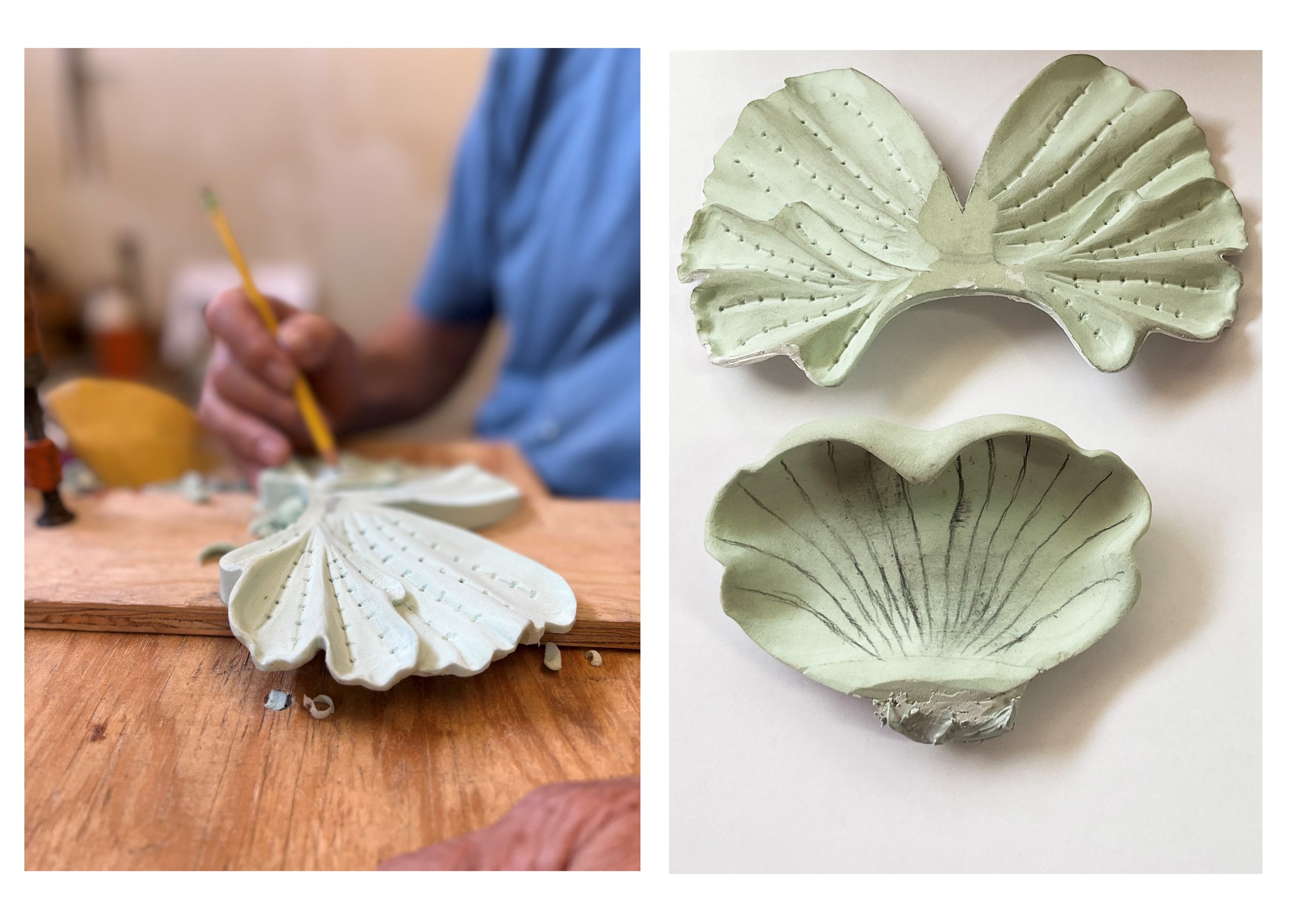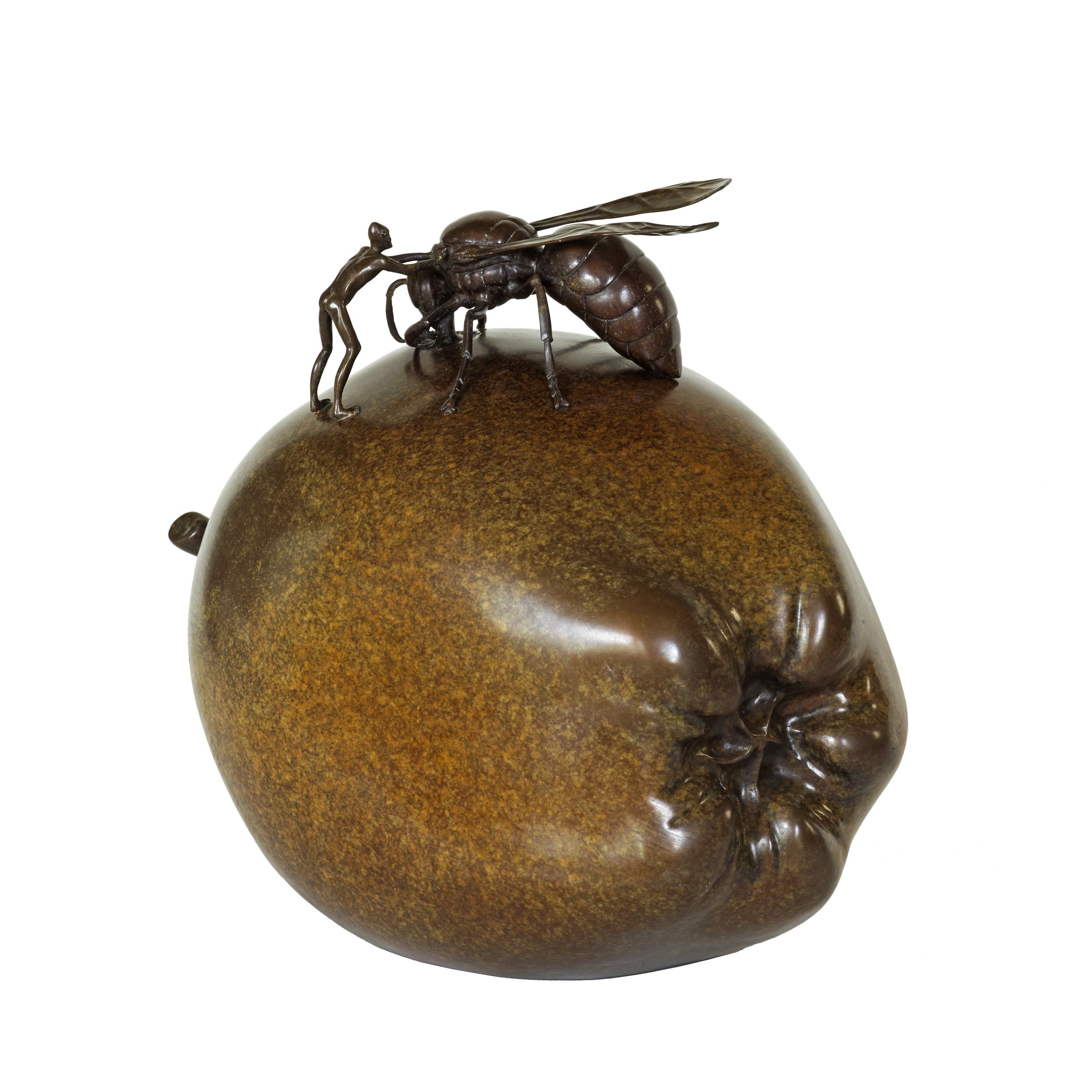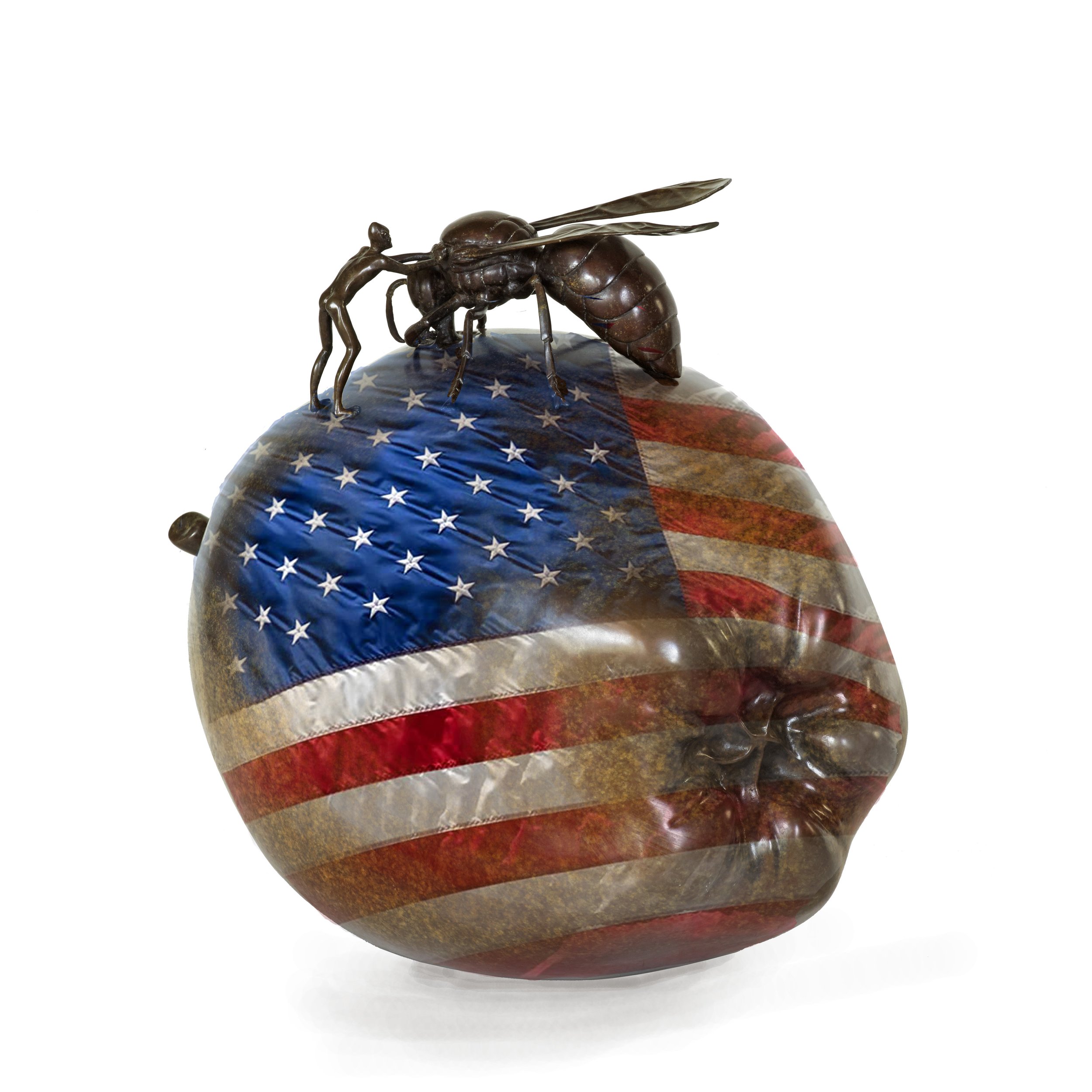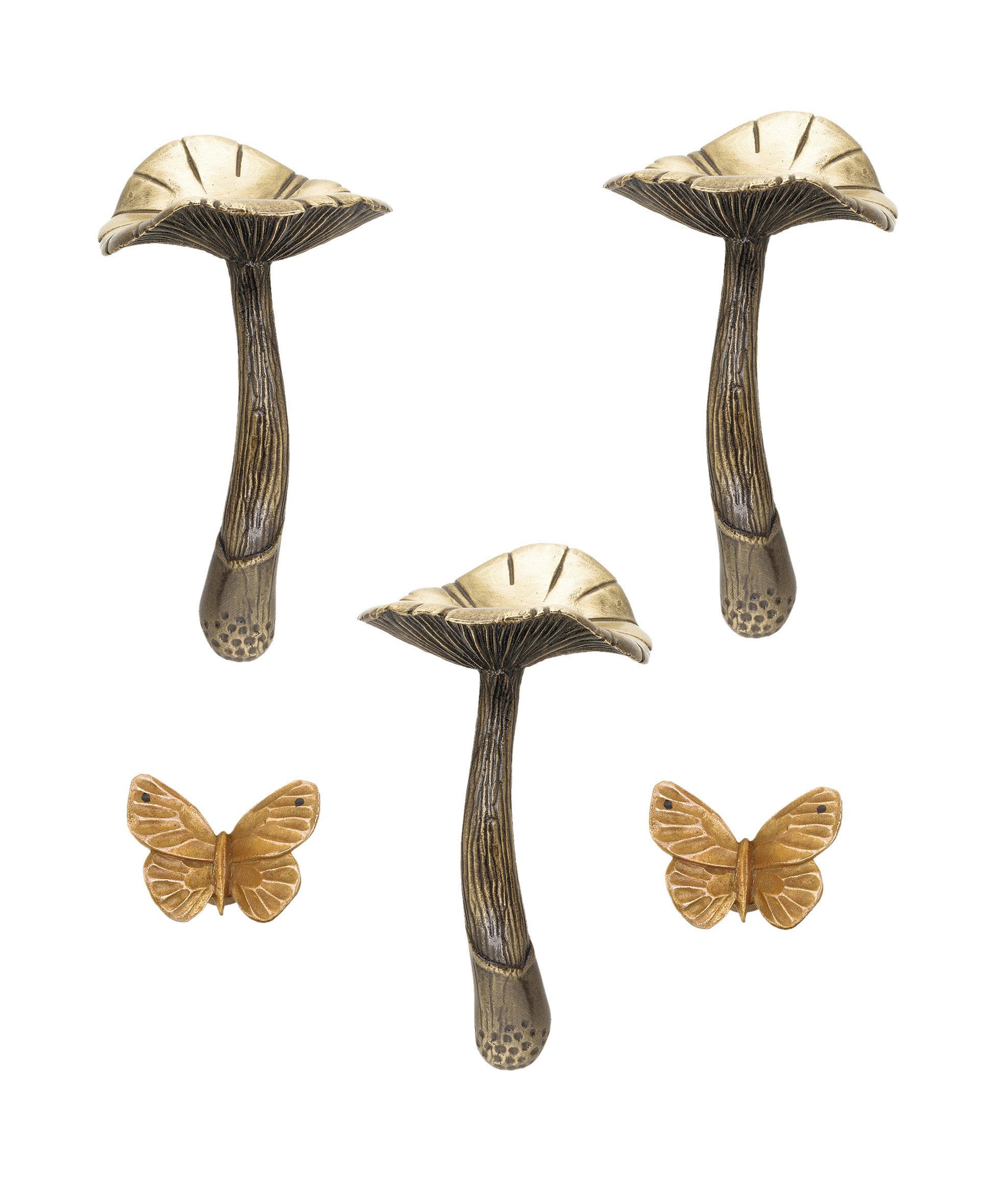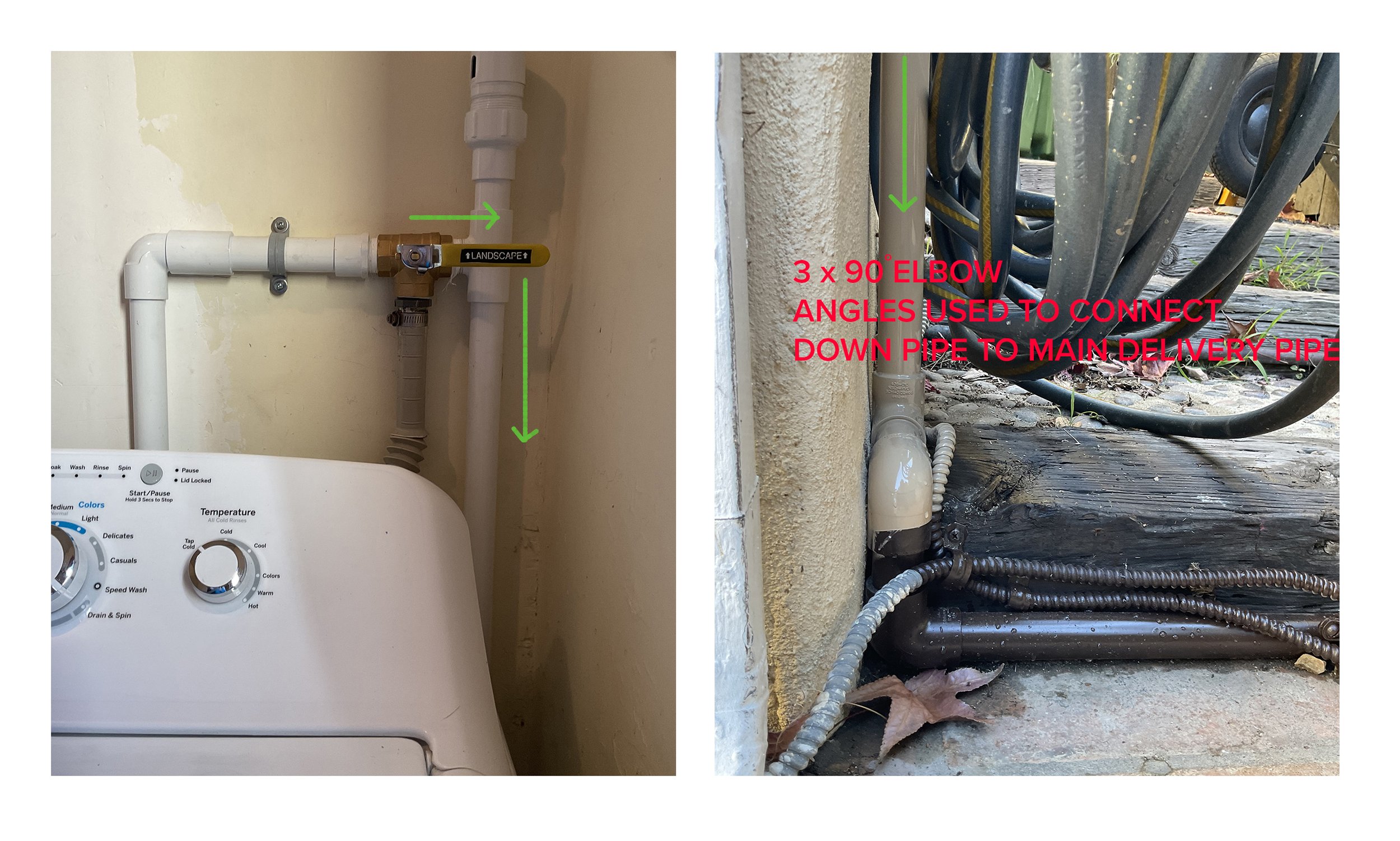Occasionally we have the pleasure of working with a design company that shares the same detail-oriented focus and commitment to exceptional door hardware as we do. Over the last year we have had the pleasure of working with Chiara de Rege and her all female team to develop custom pieces for her discerning clients. Based in New York, the company’s clientele spans both coasts with design services for residential and corporate clients.
Our collaboration with Chiara de Rege on an Upper East Side residence resulted in the creation of a unique collection of door push plates and door levers. The traditional Willow series was whimsically re-invented and enhanced with flying creatures from our animal collection of cabinet knobs. The resulting door push plates and interior door handles were selected from several initial designs that paired smaller insect, bird and frog pulls with the Willow back plates.
The design team were renovating a residence using the existing doors that had astragals and panel mullions that reduced the workable free area of the door and limited the backset depth of the latch. With these considerations in mind, we focused on the Willow and Hedgerow exterior backplates, both being narrow and having smooth areas that could be enhanced by the addition of a small creature .
Some of the designs considered are shown below. Once the design genie was released, we had a lot of fun experimenting with different cabinet knobs and with insects flying in different direction. While our preference and that of Chiara’s design team was on flying insects, leaves and flowers could work equally well for those who have an insect phobia.

